Figure 1.
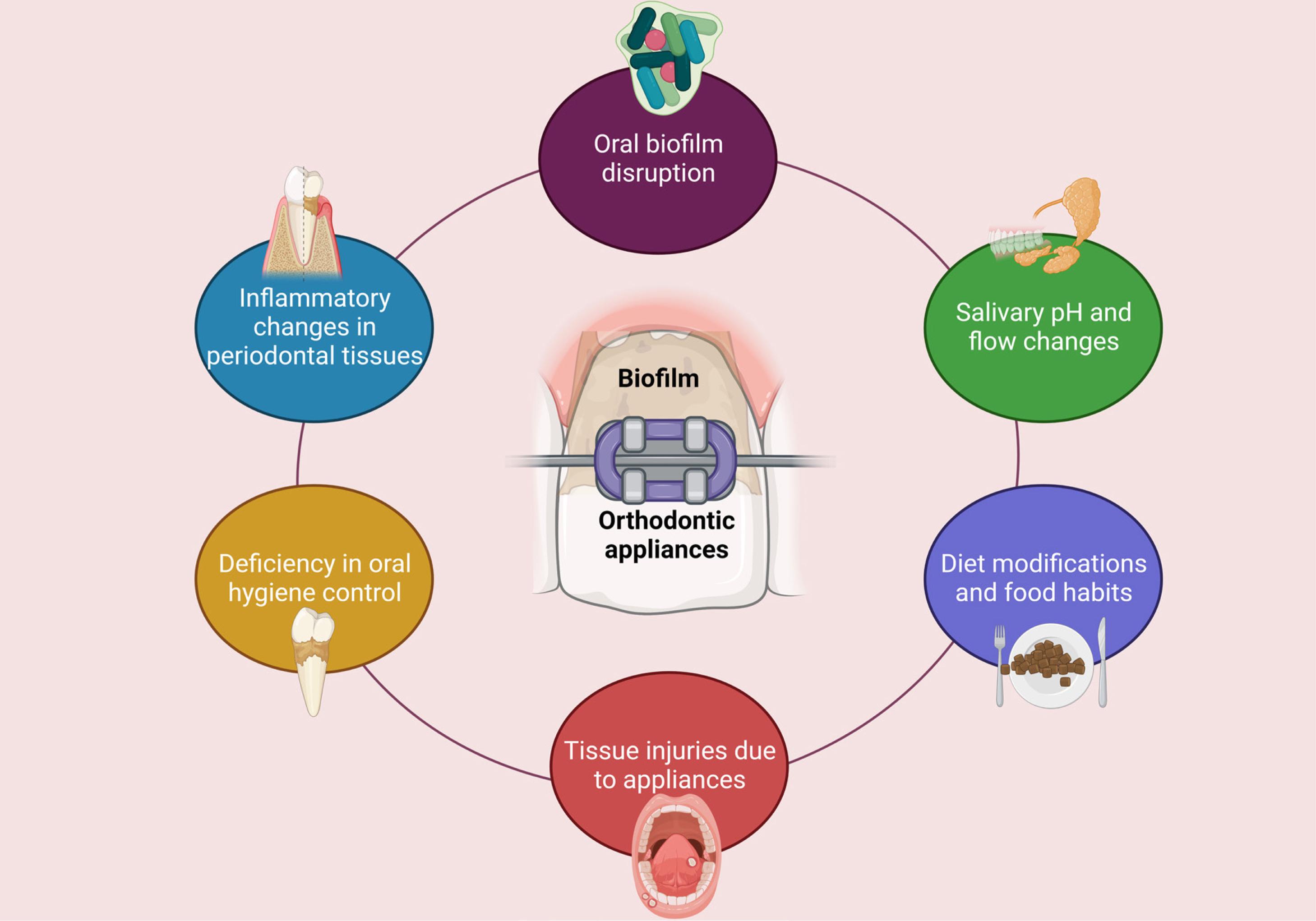
Figure 2.

Figure 3.
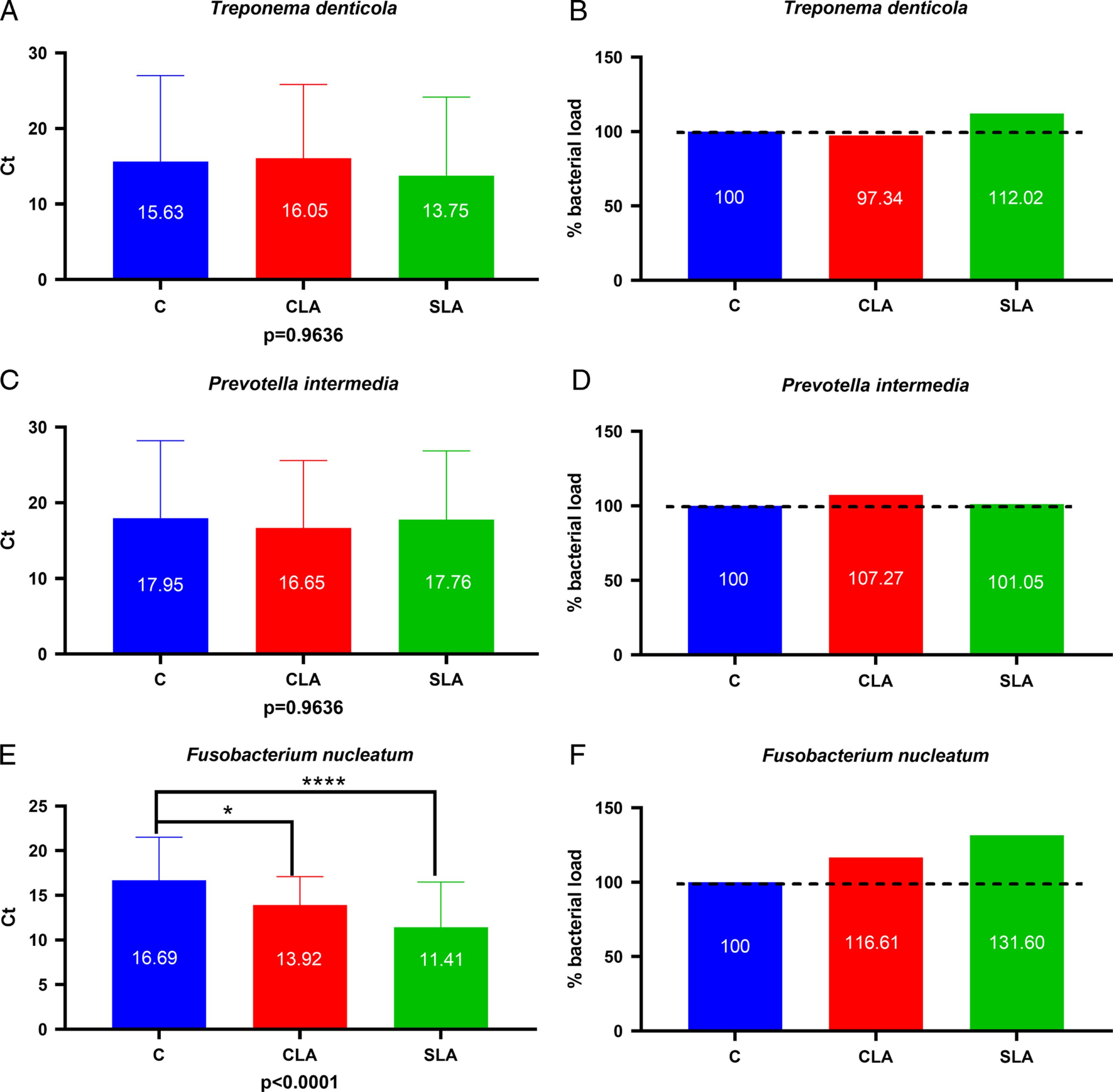
Figure 4.
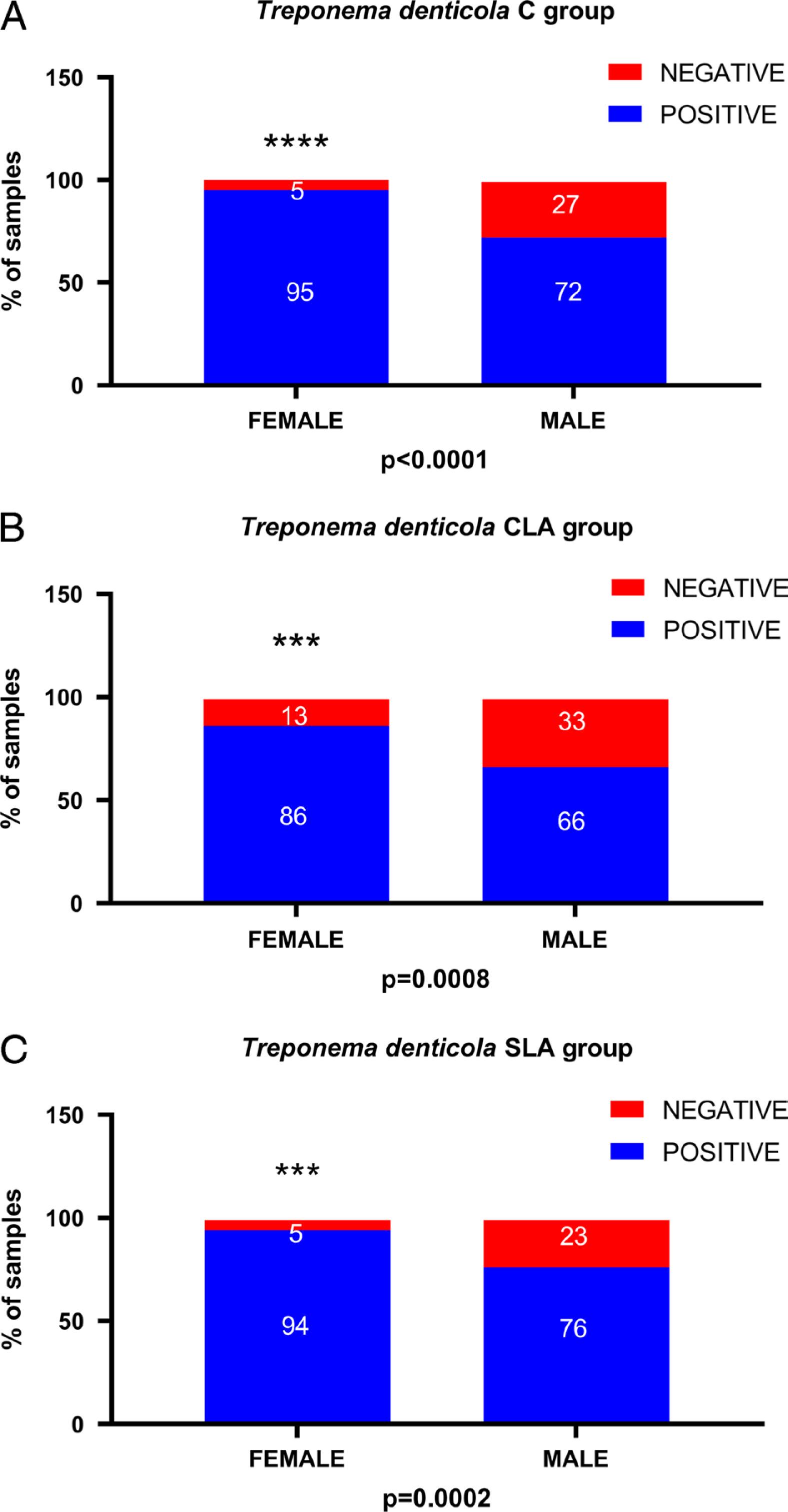
Figure 5.
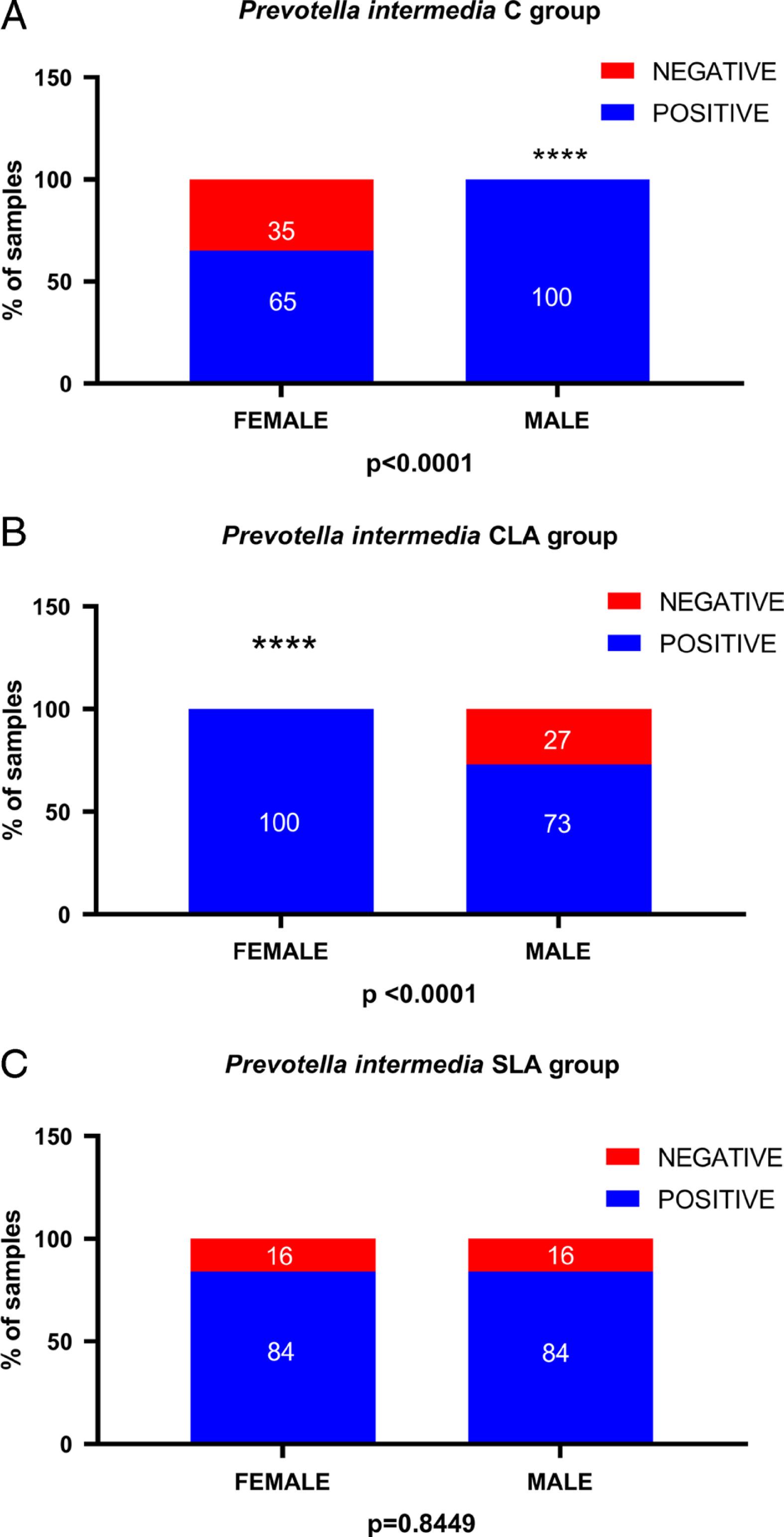
Figure 6.
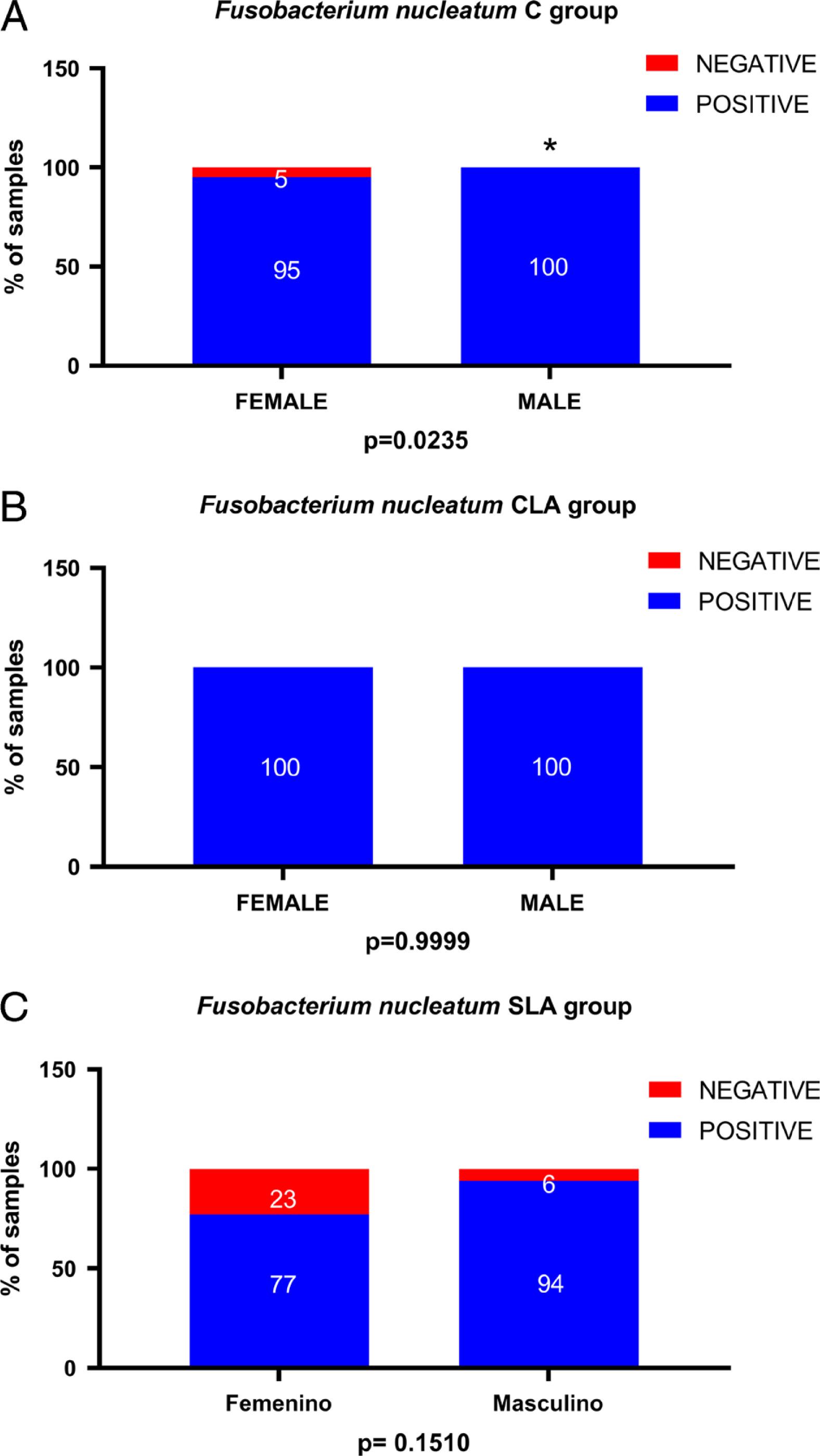
Figure 7.
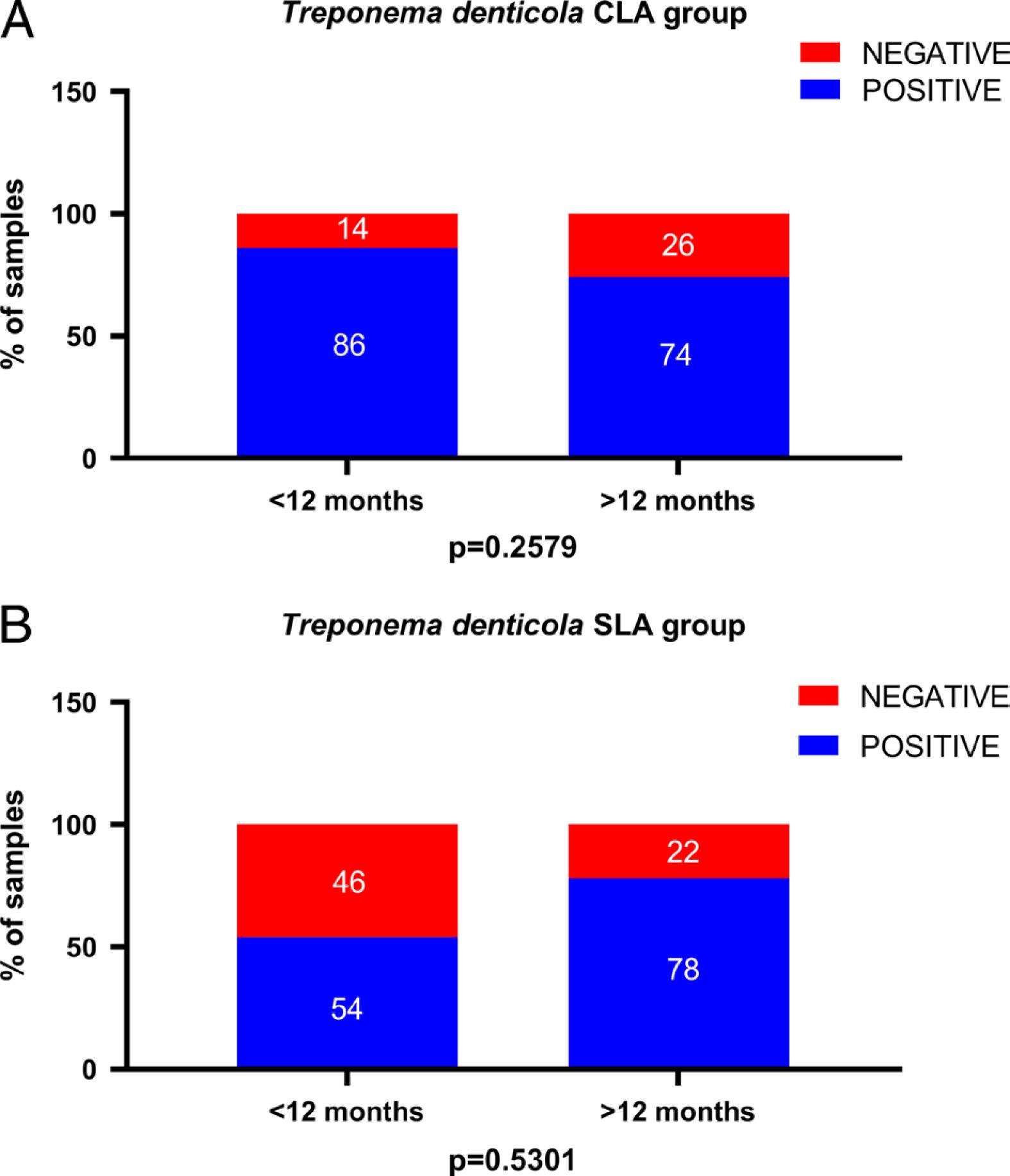
Figure 8.
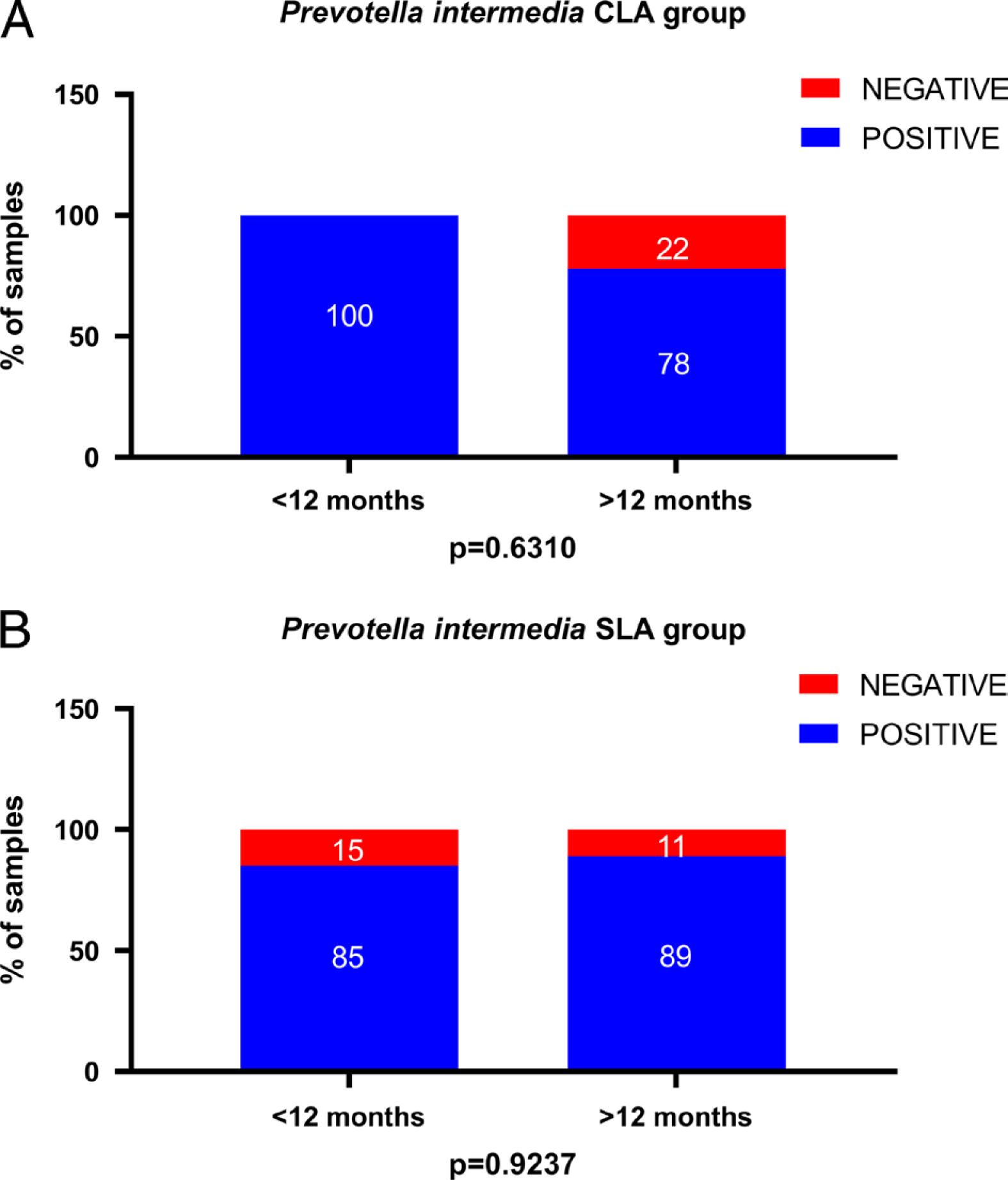
Figure 9.
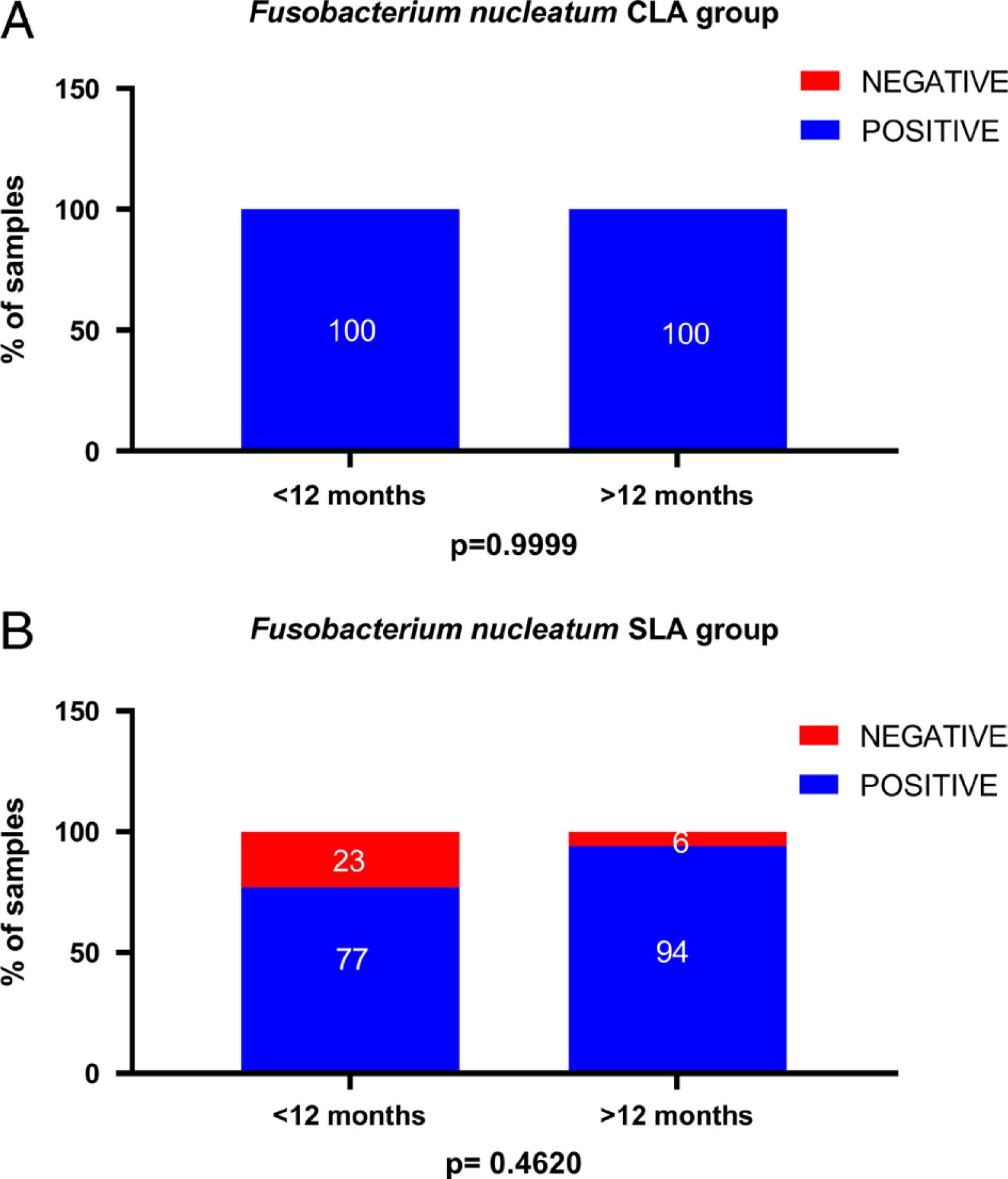
qPCR conditions to measure bacterial load_
| Treponema denticola | Fusobacterium nucleatum | Prevotella intermedia | Cycles | Reading melt curve | |
|---|---|---|---|---|---|
| Desn. initial | 96°C-5 m | 96°C-5 m | 96°C-5 m | 30 | 80°C |
| Desn. nat | 95°C-30 s | 95°C-30 s | 95°C-30 s | ||
| Align | 55°C-45 s | 56°C-45 s | 56°C-45 s | ||
| Ext | 72°C-45 s | 72°C-45 s | 72°C-45 s | ||
| Ext final | 72°C-10 m | 72°C-10 m | 72°C-10 m | ||
| Conservation | 4°C | 4°C | 4°C |
Primers and qPCR conditions to measure bacterial load_
| Specific initiators | Amplified products (pb) | Bacteria |
|---|---|---|
| FTd 5′-TAATACCGAATGTGCTCATTTACAT-3′ | 316 | Treponema denticola |
| RTd 5′-TCAAAGAAGCATTCCCTCTTCTTCTTA-3; | ||
| FFn 5′-AGAGTTTGATCCTGGCTCAG-3′ | 408 | Fusobacterium nucleatum |
| RFn 5′-GTCATCGTGCACACAGAATTGCTG-3 | ||
| FPi 5′-TTTGTTGGGGAGTAAAGCGGG-3′ | 576 | Prevotella intermedia |
| RPi 5′-TCAACATCTCTGTATCCTGCGT-3′ | ||